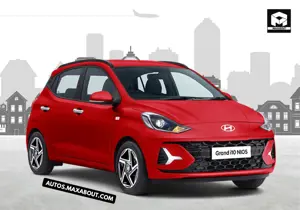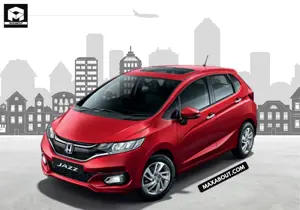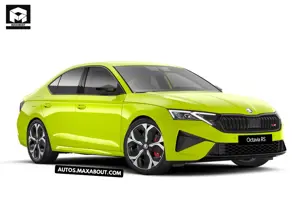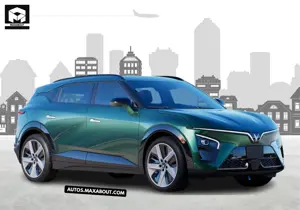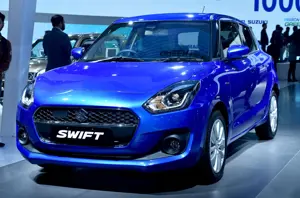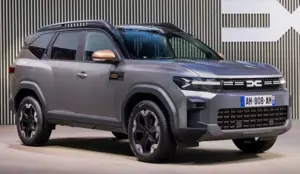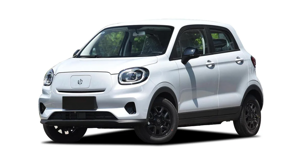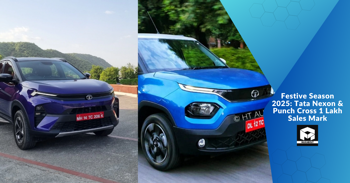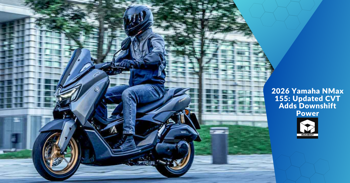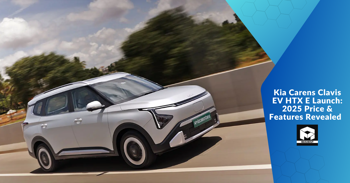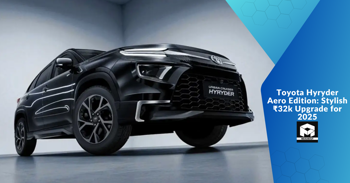How does the Yamaha MT-15 V1's VVA technology impact real-world riding?
The Variable Valve Actuation (VVA) technology in the Yamaha MT-15 V1 has been a significant talking point among motorcycle enthusiasts. This system, designed to optimize performance across the rev range, promises improved low-end torque without sacrificing top-end power. However, there's ongoing debate about how noticeable and effective this technology is in everyday riding scenarios. Some riders claim they can feel a distinct difference in power delivery, while others argue that the impact is minimal in real-world conditions. The discussion often extends to how VVA affects fuel efficiency, engine longevity, and overall riding experience compared to non-VVA engines in the same class. This question aims to explore riders' personal experiences with the MT-15's VVA system, focusing on its impact on city riding, highway cruising, and spirited cornering. It also touches on whether the VVA technology justifies any potential added complexity or cost in the bike's design.
I can definitely feel the VVA kicking in during everyday riding. There's a noticeable bump in power around 7500 rpm, which makes overtaking on highways a breeze. It's like having two engines in one!
Most Popular Cars
Based on Cars Popular on Maxabout
Tata Altroz EV
₹ 12,00,000
1357 Views
Hyundai Grand i10 Nios Executive AMT
₹ 7,84,750
949 Views
Honda Jazz ZX
₹ 9,34,000
1601 Views Recently Added Cars
New Cars Added On Maxabout
Skoda Octavia RS
₹ 49,99,000
192 Views
VinFast VF7 Sky Infinity
₹ 25,49,000
626 Views
VinFast VF7 Sky
₹ 24,99,000
578 Views Upcoming Cars
Exciting Upcoming Cars
Maruti Swift Hybrid
₹ 10,00,000
1763 Views
Renault Boreal Bigster SUV
₹ 13,00,000
1886 Views
Leapmotor T03
₹ 8,00,000
1349 Views Discussions and Questions How Does The Yamaha Mt 15 V1s Vva Technology Impact Real World Riding
No answers found .
Latest News
Recently Added News
Toyota's New V8 Supercar Unleashed: December 5 Reveal Date Confirmed
Wednesday, 22 October 2025 21:43 PM
2026 Toyota FJ Cruiser Revealed – Baby Land Cruiser Returns Strong
Wednesday, 22 October 2025 20:19 PM
Kia Carens Clavis EV HTX E Launch: 2025 Price & Features Revealed
Saturday, 18 October 2025 14:09 PM

